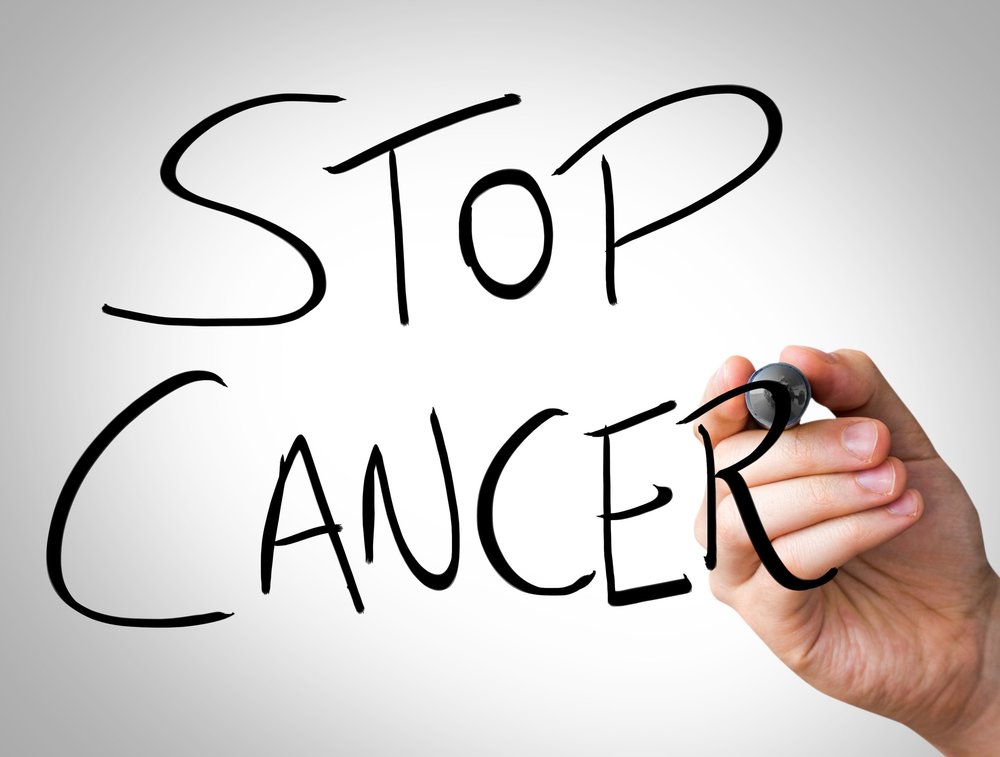No cancer tsunami in Iran: deputy health minister

TEHRAN — As per the figures and data collected in Iran on cancers, certainly cancer tsunami is not happening in Iran, Deputy Health Minister Reza Malekzadeh, a gastroenterologist, has said.
The “population-based cancer registry of the Islamic Republic of Iran” which is the first reliable and official data collected on cancer incidence in Iran was included in World Health Organization’s “Cancer Incidence in Five Continents (CI5)”, Tasnim news agency quoted Malekzadeh as saying on Wednesday.
CI5 is published approximately every five years by the International Agency for Research on Cancer (IARC) and the International Association of Cancer Registries (IACR) and provides comparable high quality statistics on the incidence of cancer from cancer registries around the world. Volume XI contains information from 343 cancer registries in 65 countries for cancers diagnosed from 2008 to 2012.
Cancer registries are valuable research tools in the etiology, diagnosis, and treatment of the disease, Malekzadeh said, adding collecting data on cancer incidence also plays a significant role in planning screening schemes as well as preventing the disease.
Unfortunately while cancers are more prevalent in developing countries such population-based cancer registries are more common in developed countries and only a few developing countries are included in such comprehensive data collection, he regretted.
Malekzadeh further said most population-based cancer registries in developing countries are incomprehensive.
Malekzadeh who was a recipient of the International Agency for Research on Cancer (IARC) Medal of Honor in 2018 for his outstanding contribution to advancing the understanding of the biology or of the epidemiology of cancer explained that “population-based cancer registry of the Islamic Republic of Iran” shows a cancer incidence rate of 158 per 100,000 of the population and 143 per 100,000 of the population (excluding non-melanoma skin cancer) in 30 provinces of Iran annually.
In the Iranian calendar year 1393 (March 21, 2014 to March 20, 2015) some 112,000 individuals were diagnosed with cancer, he added.
The database indicates that the rate for all cancers (excluding non-melanoma skin cancer) for men and women combined was 182 per 100,000 in 2012 which means that the rate of cancer in Iran is well below the world average, he highlighted.
The rate for all cancers (excluding non-melanoma skin cancer) in Turkey is 205 per 100,000 and 174 in China, he stated, adding, “So all the rumors about cancer tsunami in Iran are not true and we can certainly say that cancer incidence rate is comparatively low.”
As per the data collected by the Institute for Health Metrics and Evaluation (IHME), an independent population health research center at UW Medicine, part of the University of Washington, some 54,000 Iranians died of cancer in 2016 constituting 14.9 percent of all deaths (360,000), Malekzadeh noted.
The IHME data also indicates that age-standardized rate of death caused by cancer per 100,000 people per year in Iran was 104 in 1990 which has decreased to 97 in 2015, Malekzadeh said, noting plans for early diagnosis of cancers has helped in preventing the disease.
MQ/PA
